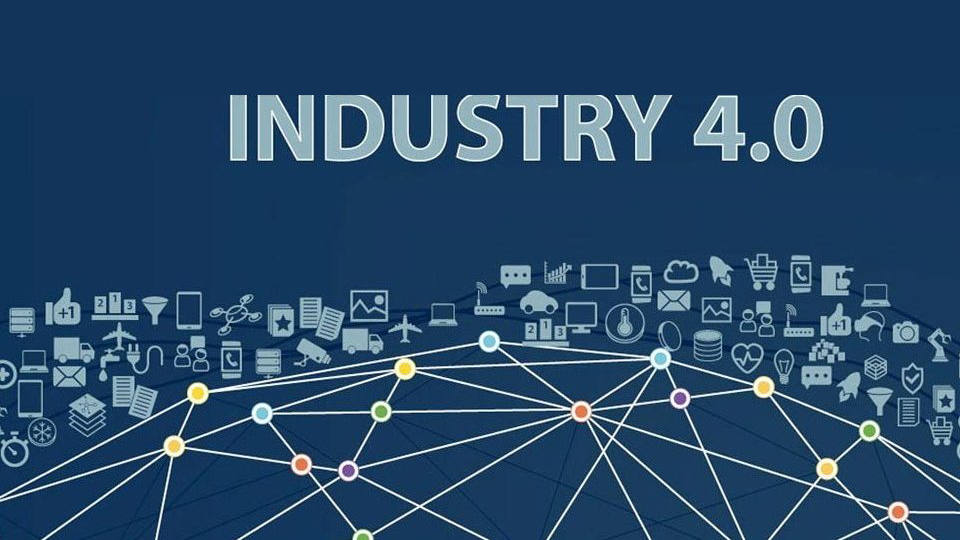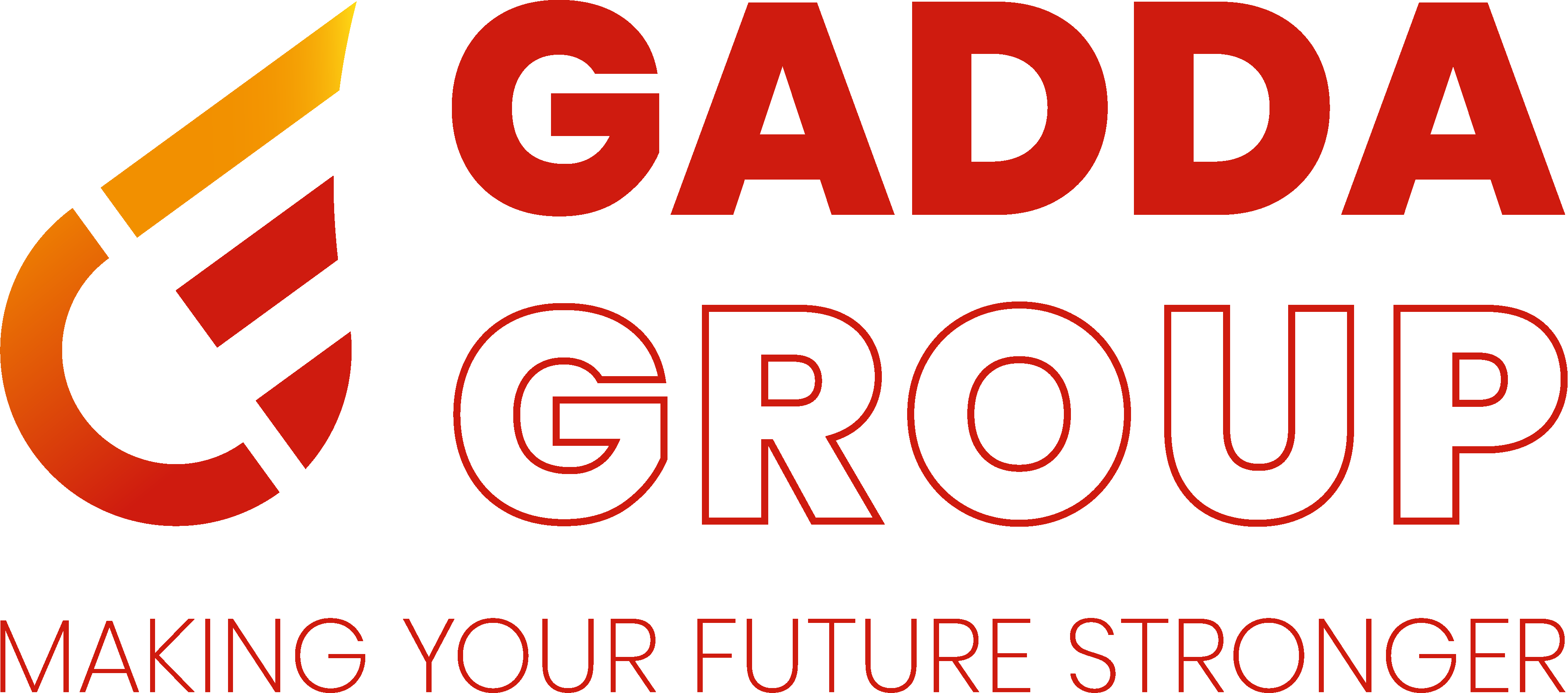With the national Industry 4.0 plan, the government has entrusted Confindustria with the task of establishing a Digital Innovation Hub network on the territory to support the evolution towards the reference model.
 Gadda has been able to seize this opportunity, from the start, with a clear perception of the change taking place. It was a cultural, rather than a technological factor. The most complex aspect to understand within the Industry 4.0 model, is the digitization of production processes, especially from an operational and economic potential point of view. On the one hand, manufacturing companies have a natural aptitude to relate to ‘hardware’ technological innovation, while they are less familiar with the potential offered by ICT technologies; on the other, many companies that are comfortable with ‘software’ need to better understand the physical and real world that characterizes manufacturing and industrial production. The great challenge, therefore, is to combine these two worlds, to intersect more and more with the fourth industrial revolution.
Gadda has been able to seize this opportunity, from the start, with a clear perception of the change taking place. It was a cultural, rather than a technological factor. The most complex aspect to understand within the Industry 4.0 model, is the digitization of production processes, especially from an operational and economic potential point of view. On the one hand, manufacturing companies have a natural aptitude to relate to ‘hardware’ technological innovation, while they are less familiar with the potential offered by ICT technologies; on the other, many companies that are comfortable with ‘software’ need to better understand the physical and real world that characterizes manufacturing and industrial production. The great challenge, therefore, is to combine these two worlds, to intersect more and more with the fourth industrial revolution.
Industry 4.0 is an evolutionary phenomenon, a way of thinking which has inspired Gadda for some years. In fact, the term indicates a process that started in 2012, thanks to the neologism coined by the Hanover Messe, where the Fourth industrial revolution was discussed for the first time. In today’s world you either move forward very fast or you go backwards, there is no possibility of standing still.
We are proud that the design of the Digital Innovation Hub has its roots in our region, Piedmont and DIH, true information accelerators, are now spreading across the nation.
Some interesting data on Industry 4.0: + 20% on company orders. In two years Italy has doubled its digital investments; this is an important fact, considering that the number of connected devices, on average, doubles every five years. With regards to knowledge about the Industry 4.0 plan, things are improving; in just one year the percentage of entrepreneurs who did not know what it was, decreased from 38% to 8%.
Today, frankly, there are no more excuses to not innovate!



